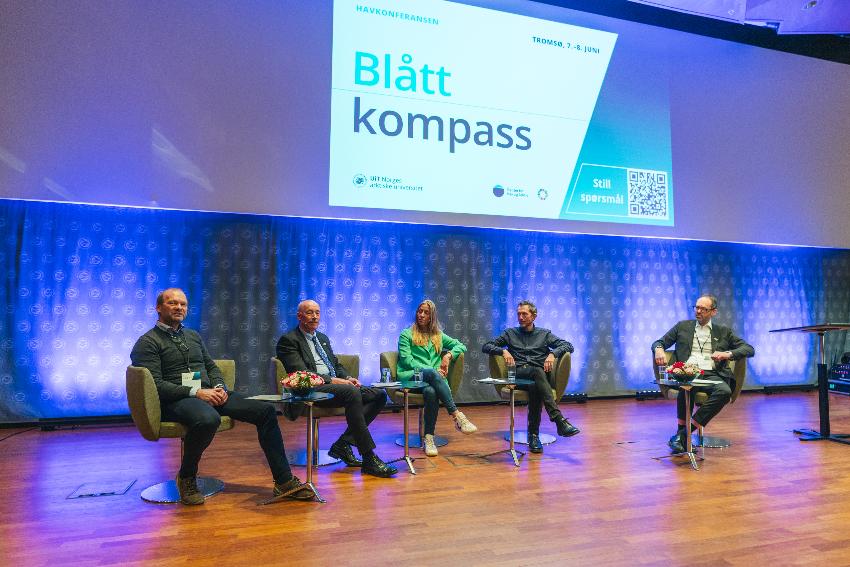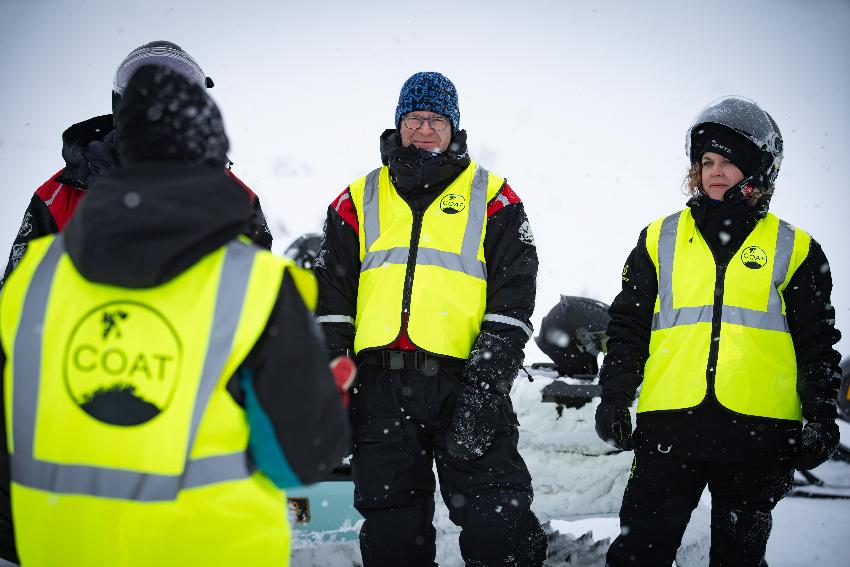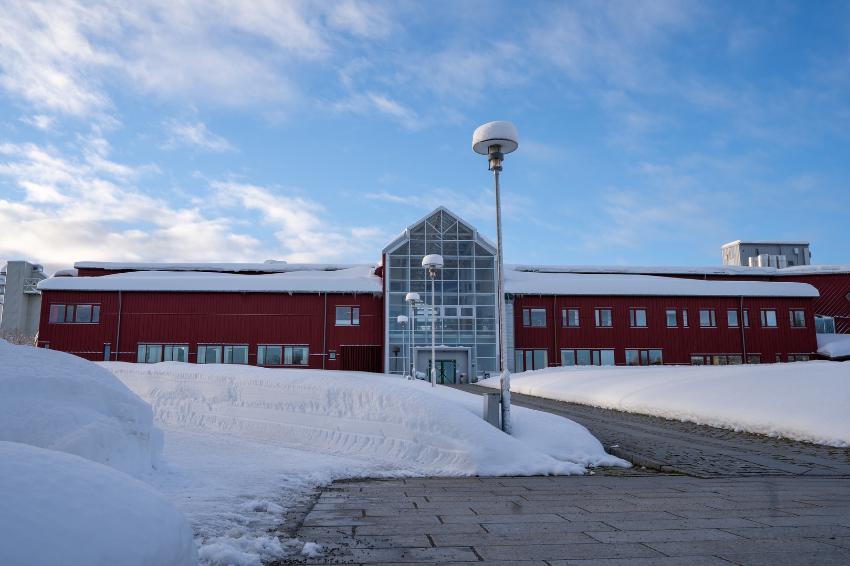Effects of sea-ice declines on Arctic top trophic species
impacted by ongoing Arctic sea-ice declines? Master in biology Charmain Hamilton at AMB/Norwegian Polar Institute defended 17.2 publicy for the PhD degree in Natural Science the dissertation: "Challenges for ice-associated top trophic Arctic animals in a changing climate".
This PhD thesis is entitled “Challenges for ice-associated top trophic Arctic animals in achanging climate.. Arctic sea-ice extent is declining rapidly. Arctic marine mammalsand seabirds, such as ringed seals, polar bears and ivory gulls, are dependenton sea ice and therefore are likely being negatively impacted by the presentsea-ice declines. These
Biotelemetry devices, which record and transmit information about an animal’s location and behavior, were attached to these three species both before and after a major change in sea-ice conditions occurred in Svalbard in 2006. Ringed sealsinhabited the same areas (i.e. areas with similar sea-ice concentration and areas near tidal glacier fronts) but expended more effort hunting fish and invertebrate species after the decline in sea ice. The decline in sea-ice coastally in Svalbard has likely made it more difficult for polar bears to hunt ringed seals, which has caused polar bears to spend less time near tidal
glacier fronts, which is where ringed seals are primarily found, and more time near duck and geese
50 % sea-ice contour. Further retreat of the offshore sea ice and tidal glacier fronts in Svalbard poses a large risk for all three species, and will likely have negative effects on their distribution and survival.
Commission
Supervisors:
-
Professor Rolf Anker Ims, Institute of Arctic and marine biology, UiT
-
Senior Scientist Kit M. Kovacs, Norwegian Polar Institute
- Senior Scientist Christian Lydersen, Norwegian Polar Institute
Evaluation committee:
- Professor Andrew T. Trites, Marine Mammal Research Unit, University of British Columbia, Canada (1. oponent)
- Dr. Sophie Smout, Sea Mammal Research Unit, University of St Andrews, Scotland (2. oponent)
- Postdoktor Edwige Bellier, Institute of Arctic and Marine biology, UiT (chairman of committtee)
The disputation was lead by Pro Dean Monica Alterskjær Sundset.
Personal
Charmain Hamilton was born in 1988 in Regina, Saskatchewan, Canada. She has a BSc Honours from the University of Saskatchewan, Canada (2011) and a MSc from the University of Tromsø (2013). She is interested in Arctic species and how they are being impacted by the environmental changes currently taking place in this region.
Name: Charmain Hamilton
Institution: University of Tromsø/Norwegian Polar Institute
Telefonnummer/mobilnummer: 7775 0544
E-postadresse: Charmain.hamilton@npolar.no
Evt. webadresse til prosjektet: http://www.vista.no/project/vis.html?tid=58200



